posisi badan yang benar saat akan melakukan gerakan meroda adalah: A Comprehensive Guide
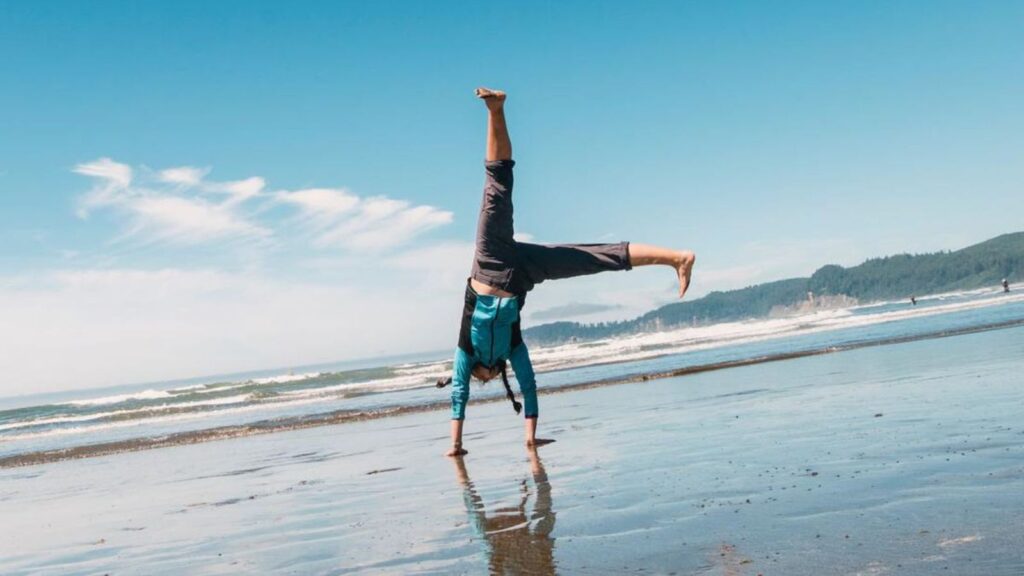
Mastering the art of ‘gerakan meroda a’, or the ‘a’ cartwheel maneuver, isn’t just about agility and strength. It’s also about understanding the correct body position. It’s an integral part of this dynamic movement, ensuring safety and effectiveness.
posisi badan yang benar saat akan melakukan gerakan meroda adalah
Contents
Quality execution of the Posisi Badan Yang Benar Saat Akan Melakukan Gerakan Meroda Adalah isn’t just about agility and strength. It’s equally about treating your body correctly. Proper body positioning plays an undeniable part in mastering any physical maneuver, and cycling is no exception.
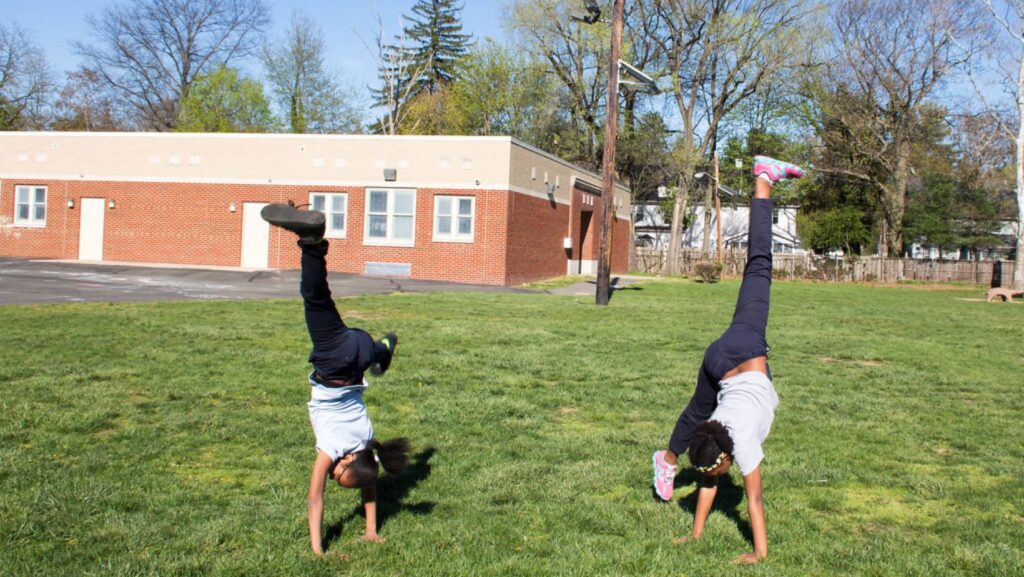
When it comes to cycling, positioning plays a quintessential role. Not only does it determine the rider’s comfort and fatigue levels, but it also influences their balance and control.
Posture is key in cycling. Having a well-adjusted body position can help reduce the likelihood of discomfort, pain, or injury. Remember, improper body positioning can contribute to lower back pain, knee pain, and neck strain, among other issues.The Posisi Badan Yang Benar Saat Akan Melakukan Gerakan Meroda Adalah is a popular movement in gymnastics and martial arts, requiring precision and control. The correct body position can make all the difference, reducing the risk of injury and enhancing performance.

In this article, we’ll delve into the specifics of the correct body position for executing the Posisi Badan Yang Benar Saat Akan Melakukan Gerakan Meroda Adalah. We’ll offer tips and techniques, backed by expert advice, to help you perfect this maneuver. So whether you’re a beginner or an experienced practitioner, there’s something for everyone to learn.
Also worth mentioning is the influence of bike adjustments. The height and angle of the saddle, as well as handlebar positioning, can drastically affect a cyclist’s positioning.
Two notable styles of riding that are particularly reliant on good body positioning are road biking and mountain biking:
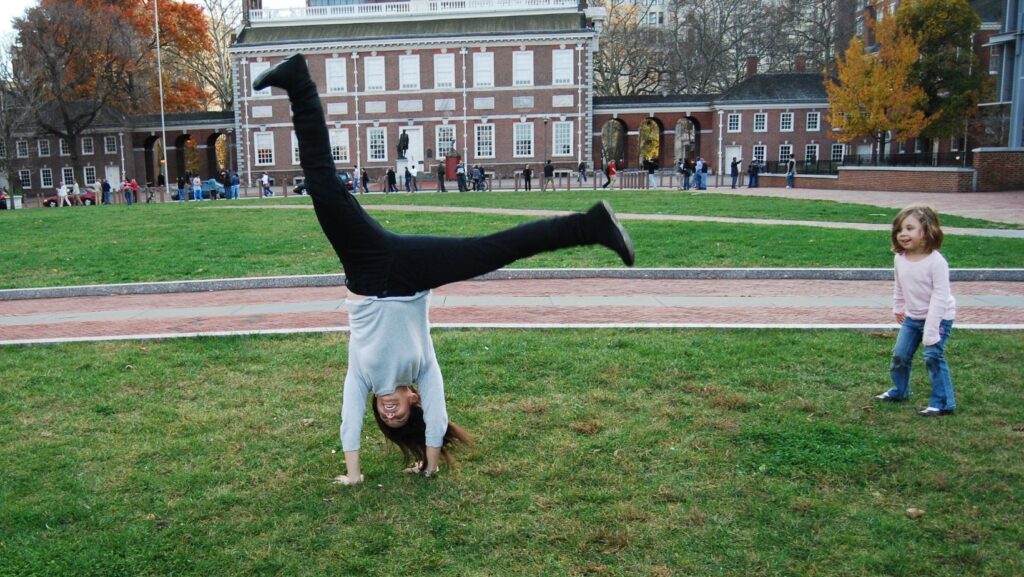
All these aspects, from individual body positioning to bike adjustments, create a harmonious balance. This balance then serves the purpose of enhancing the cyclist’s performance and comfort.An efficient and streamline body posture improves aerodynamics. This means less wind resistance, leading to higher speeds and lower energy expenditure. On the flat, a cyclist with optimized body alignment can maintain higher average speeds. And when climbing, proper positioning puts additional weight on the front wheel, providing more traction and making it easier to power uphill.We can’t overlook the effect of body positioning in relation to energy efficiency. Cyclists who use the right posture can get the most out of each pedal stroke. This efficient use of energy allows them to distance themselves from opponents or simply ride longer.
Although the article delves into tips and techniques to master the Posisi Badan Yang Benar Saat Akan Melakukan Gerakan Meroda Adalah a and its relevance in gymnastics and the martial arts, understanding the role of body positioning cuts across all disciplines. Whether it’s a cartwheel or a cycling maneuver, the principle remains the same: good body position leads to better performance.
Benefits of Correct Body Alignment for Cycling
Without a doubt, correct body alignment plays a pivotal role in the world of cycling. Whether one is fond of a leisurely weekend ride or is a professional cyclist preparing for an important tour, the importance of correct body positioning transcends all levels of this popular activity.
When it comes to enhancing cycling performance, body alignment can’t be overlooked. Optimum body alignment allows a cyclist to make the most efficient use of their energy. When the body is correctly aligned, energy is not wasted compensating for poor posture or bad positioning.
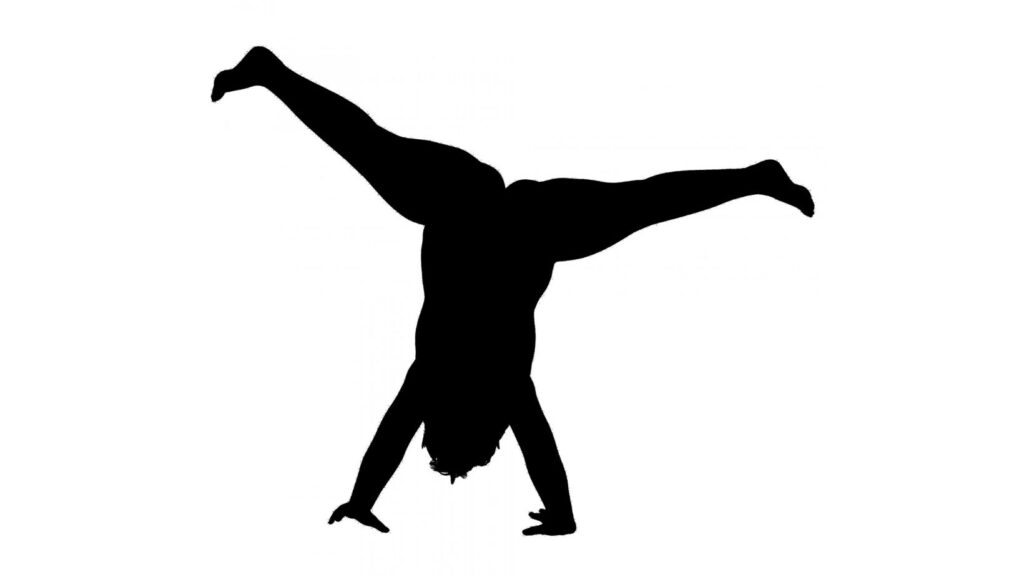
An efficient and streamline body posture improves aerodynamics. This means less wind resistance, leading to higher speeds and lower energy expenditure. On the flat, a cyclist with optimized body alignment can maintain higher average speeds. And when climbing, proper positioning puts additional weight on the front wheel, providing more traction and making it easier to power uphill.
The use of the right muscle groups also benefits from correct alignment. When a cyclist is well positioned on the bike, the major muscle groups—glutes, quads, hamstrings, and hip flexors—are targeted properly. This results in more force to the pedals and a faster pedaling rate.It’s evident that proper body alignment not only enhances the cyclist’s performance but also safeguards their health, reducing the risk of injury. It begs for more awareness and education about the importance of the correct body positioning in cycling to be widely known.
Reduced Risk of Injury
Just as correct body alignment boosts cyclist’s performance, it also protects them from potential injuries. Proper alignment mitigates the risk of injury by minimizing strains often caused by less optimal postures. It helps to maintain the balance between strength and flexibility, security and endurance, which are key in preventing cycling-related injuries.
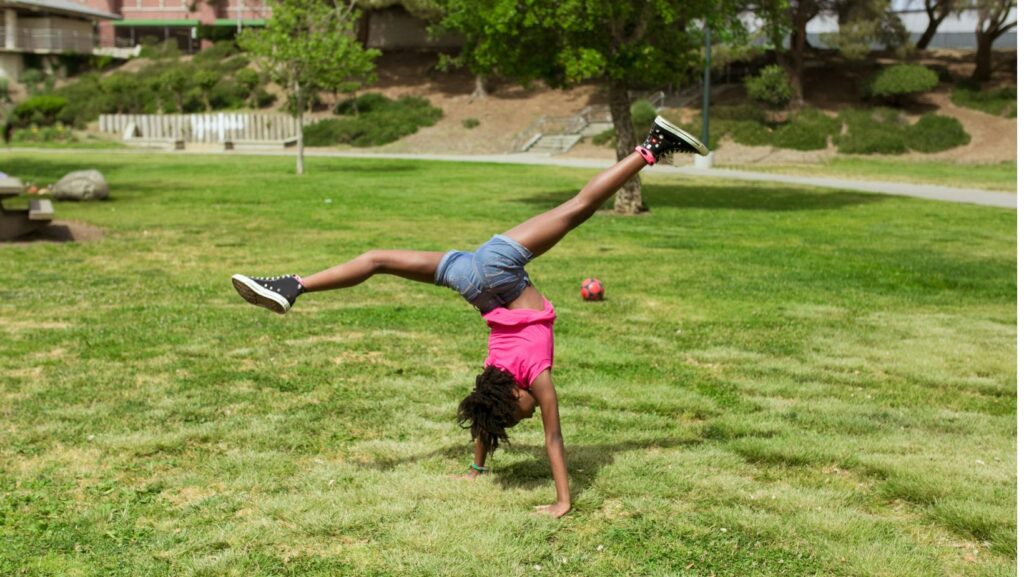
Incorrect body alignment can lead to imbalances in muscle strength and flexibility, potentially causing problems in the knees, back, neck, and wrists. With correct body alignment, cyclists can enjoy a smooth and pain-free ride. It’s not just about avoiding discomfort – it’s about enjoying the journey on the track or on the mountains.It’s evident that proper body alignment not only enhances the cyclist’s performance but also safeguards their health, reducing the risk of injury. It begs for more awareness and education about the importance of the correct body positioning in cycling to be widely known.Remember: a straight back doesn’t mean a stiff back.Your hands and arms play a pivotal role in control and stability during cycling. Wrong placement can add unnecessary strain, impact your steering, or even result in numbness and pain in your wrists and shoulders.Basic position: Hands should be in a relaxed ‘hook’ shape on the handlebars, elbows slightly bent. This alignment absorbs road shocks and offers control without compromising comfort.
Tips for Achieving Proper Body Positioning on a Bike
Getting your body alignment right while cycling isn’t just a figure of speech—it’s a significant aspect of your overall performance, safety, and comfort on the bike. Here, we’ll drill down into some practical tips to help meet this crucial cycling goal.
Adjusting Seat Height
A cyclist’s seat height is a critical element that influences your comfort and pedaling efficiency. An incorrectly adjusted seat can divert exertion away from the correct muscle groups, strain your joints, and lead to discomfort or injury.

To achieve optimal seat height—start by sitting on the bike with one heel on the pedal at its lowest point. You should be able to fully extend your leg without straining, keeping your hips square on the seat. If you’ve to rock side-to-side or you can’t reach the pedal, adjust the height accordingly.Don’t forget: Micromovements can produce substantial differences, so fine-tuning is part of the game.
A neutral spine is another non-negotiable in proper body positioning on a bike. It enhances your energy efficiency and supports your core while reducing the load on your hands and wrists.
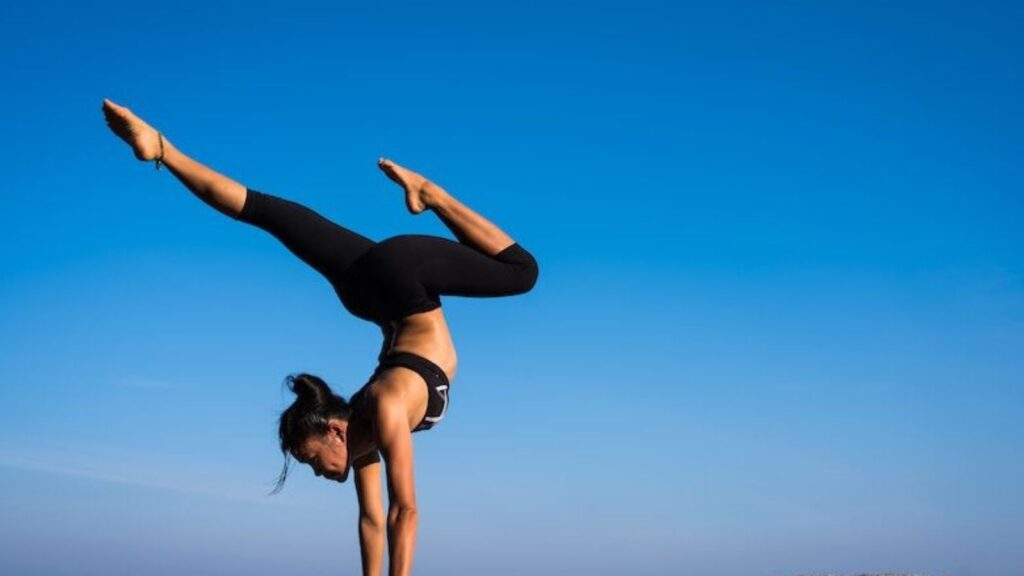
First, sit squarely on the saddle, then hinge forward from your hips—not your waist. Maintain a slight bend in your knees and elbows to avoid locking them out. You should feel your weight evenly distributed between your sit bones and feet, keeping your spinal column in a natural, relaxed curvature.This position helps maintain optimum power transfer, reduces fatigue, and minimizes injury risks. Remember: a straight back doesn’t mean a stiff back.Your hands and arms play a pivotal role in control and stability during cycling. Wrong placement can add unnecessary strain, impact your steering, or even result in numbness and pain in your wrists and shoulders.Basic position: Hands should be in a relaxed ‘hook’ shape on the handlebars, elbows slightly bent. This alignment absorbs road shocks and offers control without compromising comfort.With correct body alignment, cyclists can enjoy a smooth and pain-free ride. It’s not just about avoiding discomfort – it’s about enjoying the journey on the track or on the mountains.It’s evident that proper body alignment not only enhances the cyclist’s performance but also safeguards their health, reducing the risk of injury. It begs for more awareness and education about the importance of the correct body positioning in cycling to be widely known.

Founded by Sophia Rodriguez, IGXO Cosmetics is a PETA-certified, cruelty-free, and vegan makeup brand.





